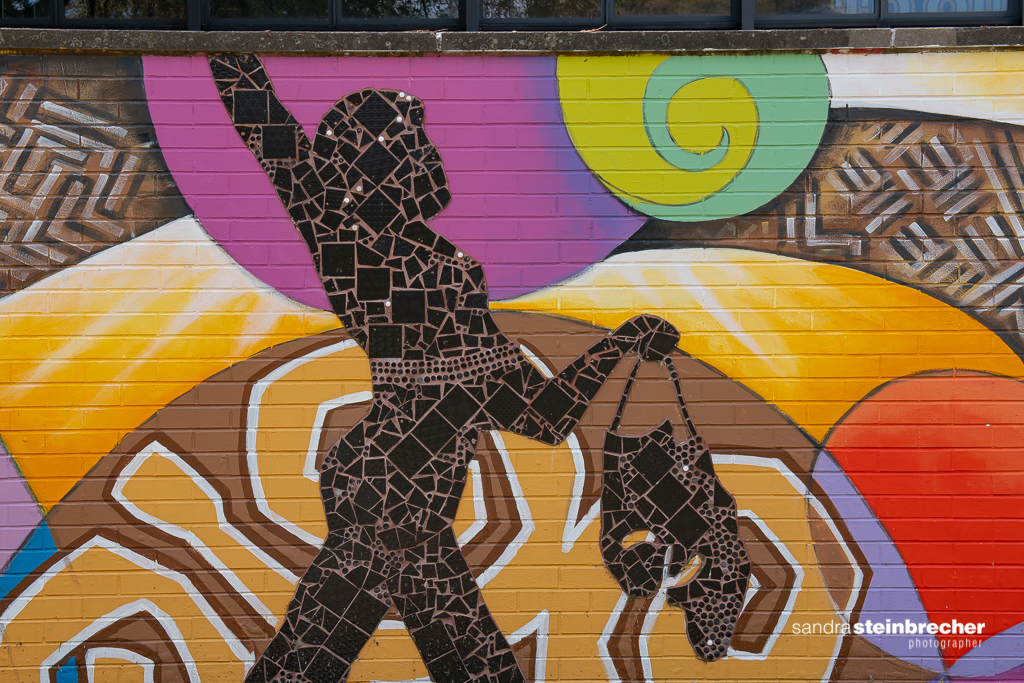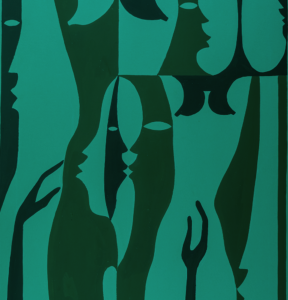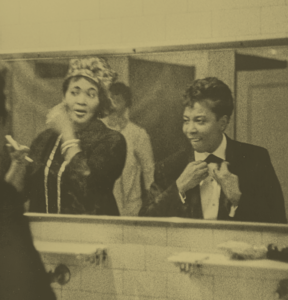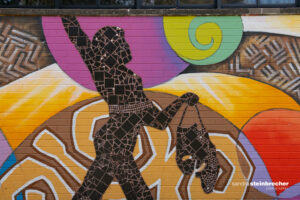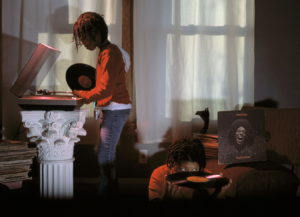
In The Company of Black, a photo series. Courtesy of current Artist Catalyst Awardee Cecil McDonald
Earlier this year The South Side Community Art Center received a Public Art & Civic Engagement(PACE) Capacity Building Initiative grant from the Mural Arts Institute, a program of Mural Arts Philadelphia. This has enabled the creation of an Artist Catalyst program in which the SSCAC willcommission two artists or artist collectives to produce community murals with support from the SSCACand technical support from the Mural Arts Institute.Program DescriptionThe Artist Catalyst program builds infrastructure to support socially engaged, participatory public art projects. This program is a unique growth opportunity that encourages artists to think outside of their standard practices and processes. Each individual or group will participate in several events, including a PACE Incubator symposium, Mural Arts Institute Symposia, and learning opportunities in collaboration with the South Side Community Art Center’s Public Art Manager, Dorian Sylvain.
Each artist or collective will receive an artist fee and production funds to produce a mural in a process that involves working with community members. Artists will work with the South Side Community Art Center to explore project ideas,goals, and strategies as part of the kick-off PACE Incubator.The First Artist Catalyst was awarded to Cecil McDonald,Jr., an artist interested in the intersections of masculinity, familial relationships and the artistic and intellectual pursuits of Black culture revealed through photography, video, dance, and performance.
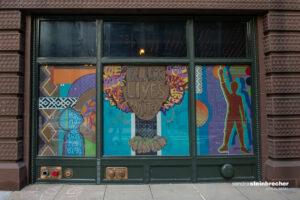
Image courtesy of SSCAC Public Art Manager Dorian Sylvain.
Eligibility
This call is open to established and emerging artists who live in the Chicago area. Individual artists and teams of artists are welcome to apply. The final work will be a community-informed mural or public art piece, but artists working in any medium(s) are encouraged to apply. The selected artist is required (no exceptions) to participate in a two-week PACE Incubator hosted in April 2022. Week 1 of the PACE incubator will be a virtual experience, while Week 2 will feature in-person activations in Philadelphia (Covid permitting). If there are specific resources that would enable your participation in the Incubator (for example, funds for a substitute instructor if you have teaching commitments, or child care expenses) please include this information in your application; we expect to be able to make reasonable accommodations to facilitate participation.
Artist Expectations
- Create a socially engaged, participatory public art piece to be displayed in a specific neighborhood of the South or West Side of Chicago. Projects connected to the Center’s Bronzeville neighborhood are especially welcome but we will consider all proposals.
- Create and execute a public engagement strategy to include the local community of the South orWest Side of Chicago in the mural’s design as well as the actual production of the mural itself.
- Work closely with the South Side Community Art Center to develop, document, and reflect on the project, its goals and engagement strategies.
- Participate in symposia and learning activities with a national network of socially engaged publicart practitioners through the PACE Capacity Building Initiative.
- Collaborate with the Mural Arts Institute, the South Side Community Art Center and Sherman Cultural Strategies (a PACE Initiative Reflection Partner) on specific reflection assignments and activities.
Budget
- The artist fee is $15,000; Production budget is $12,000 (supplies, equipment, assistants, community stipends, space, refreshments, as appropriate for each project)
Important Dates
- January 10, 2022, 5pm CST. Artist Catalyst workshop and information session. To attend please email sscacmuralproject@gmail.com.
- January 21, 2022, by midnight: Deadline for proposal submissions
- Early February 2022: Finalists announced
- April 18, 2022 – April 22, 2022:Week 1 PACE Incubator(Virtual)
- April 25, 2022 – April 30, 2022:Week 2 PACE Incubator(In-Person)
- May 1, 2022 – May 1, 2023: Artist Catalyst Project
- Summer/Fall 2023:Art & Environment Symposium
- Spring 2024: PACE Final Symposium
How To Apply
Please send the following to sscacmuralproject@gmail.com by January 21, 2022 by midnight.
1. Statement of Interest
2 pages maximum (a) outlining a general concept for the creation of a mural and corresponding public engagement programs that you would like to realize during the Artist Catalyst program (b) explaining why you should be selected for this opportunity, describing relevant experience and skills that would contribute to your success in completing this project(c) describing your connection with neighborhoods and communities of the South and/or West sides and any relationships with specific sites that might be chosen for the project(d) confirming your availability to participate in scheduled portions of this program.
2. One page CV/resume
3. Bio/artist statement of 1-2 pages.
4. Up to 5 examples of your work that give a sense of your skill and approach to this project, submitted asdigital images of no more than 1MB each or as a single PDF.
*THERE IS NO FEE TO APPLY
Submissions and questions should be addressed to: sscacmuralproject@gmail.com


